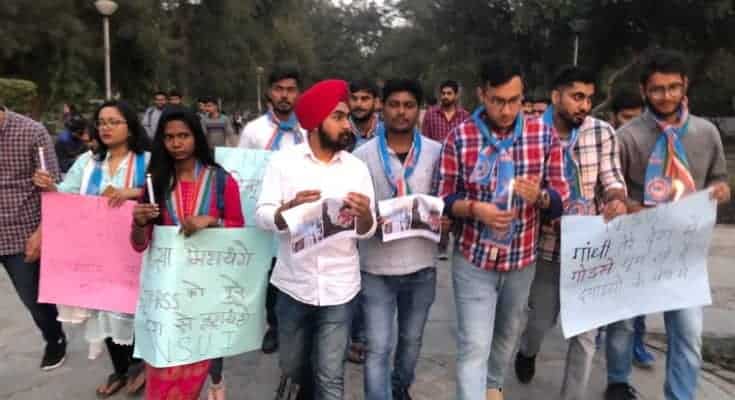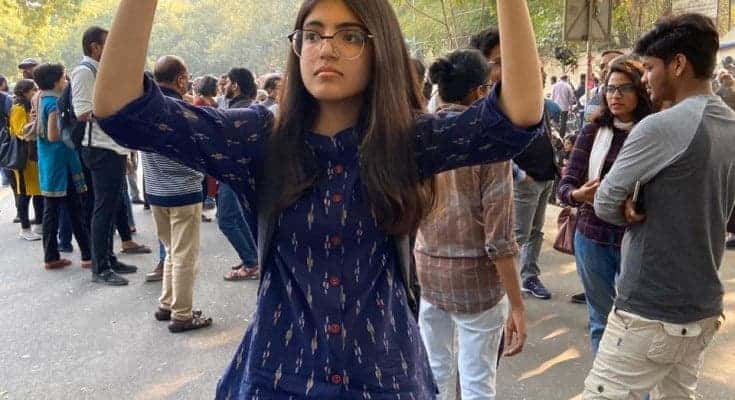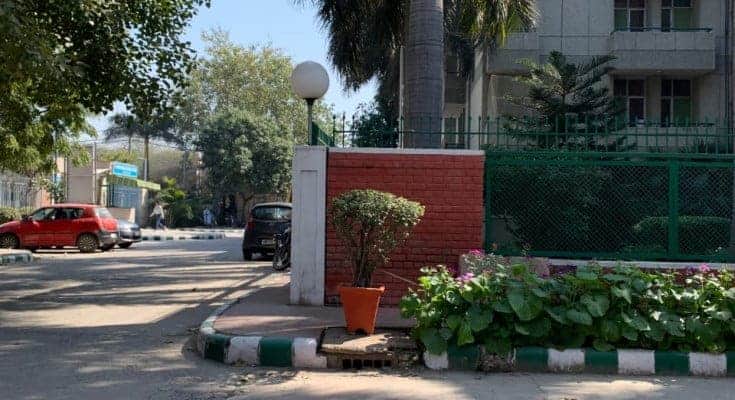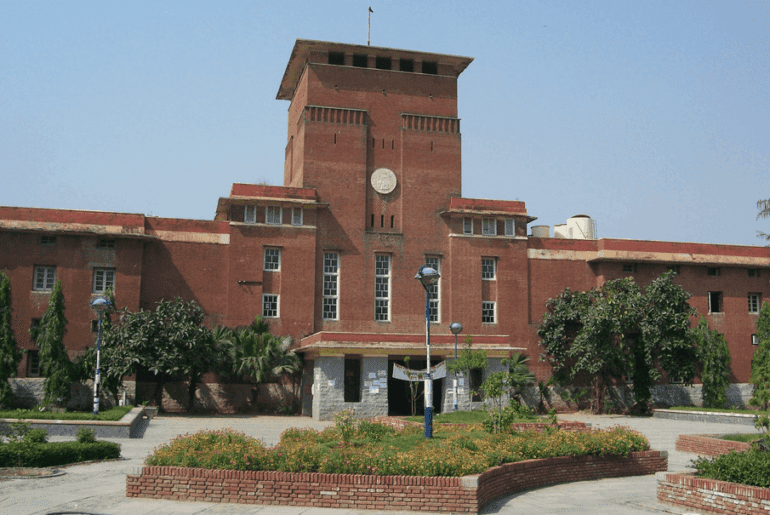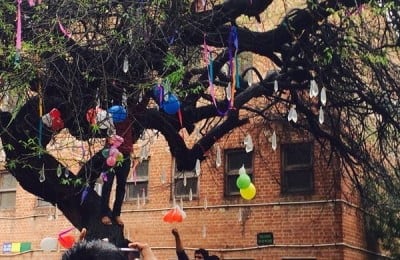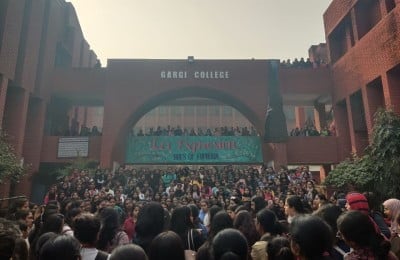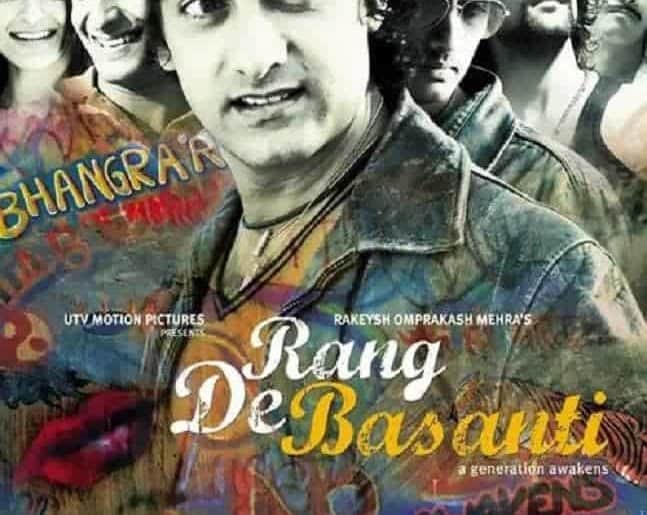Members of National Students’ Union of India (NSUI) Delhi protested against the violence instigated in Delhi outside Delhi Lieutenant Governor Anil Baijal’s residence.
On Tuesday, 25th February 2020, members of National Students’ Union of India (NSUI) Delhi protested against the violence instigated outside Delhi Lieutenant Governor Anil Baijal’s residence. Also, NSUI members raised slogans against Delhi violence at Lieutenant Governor’s residence in the wee hours of morning, around 1:30 a.m. Following this, NSUI members were detained by Delhi Police, as per the Press Release released by them on the same day.
NSUI activists organised a peace march to protest against Delhi violence from Delhi University Student Union (DUSU) office at Faculty of Arts, North Campus. Delhi University students joined NSUI activists and participated in the peace march by holding the statue of Mahatma Gandhi in hand.
Ashish Lamba , Secretary of Delhi University Student Union (DUSU) from NSUI said, “The NSUI activists protested at Lieutenant Governor’s house in Civil Lines regarding the violence which took place in Delhi and the Lieutenant Governor still did not respond and kept himself as a mute spectator. We were detained at Civil Lines Police Station. In the evening NSUI led DUSU also took out a Shanti candle march from DUSU office to Arts Faculty in order to appeal for peace.”
NSUI members stated, “It is a pre-planned conspiracy by BJP leaders. This violence and atrocities against minorities and Dalits has been raised and now we can see the riots on minorities and Dalits. NSUI will keep its fight against such violence and will spread Mahatma Gandhi ‘s Ahimsa Marg among the people of India.” NSUI demanded Home Minister Amit Shah’s resignation and asked him to step down from the ministry.
Feature Image Credits: DU Beat
Paridhi Puri

